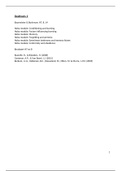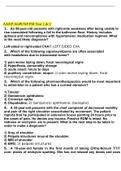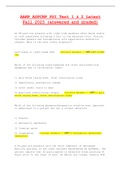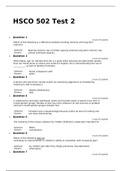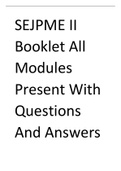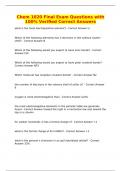Samenvatting
Complete samenvatting deeltoets 2: Psychologie van de communicator
- Instelling
- Universiteit Utrecht (UU)
Baumeister & Bushman: H7, 8, 14 Noba module: Conditioning and learning Noba module: Factors influencing learning Noba module: Memory Noba module: Forgetting and amnesia Noba module: Eyewitness testimony and memory biases Noba module: Conformity and obedience Brysbaert H7 en 8 Busselle, R., & Bi...
[Meer zien]
